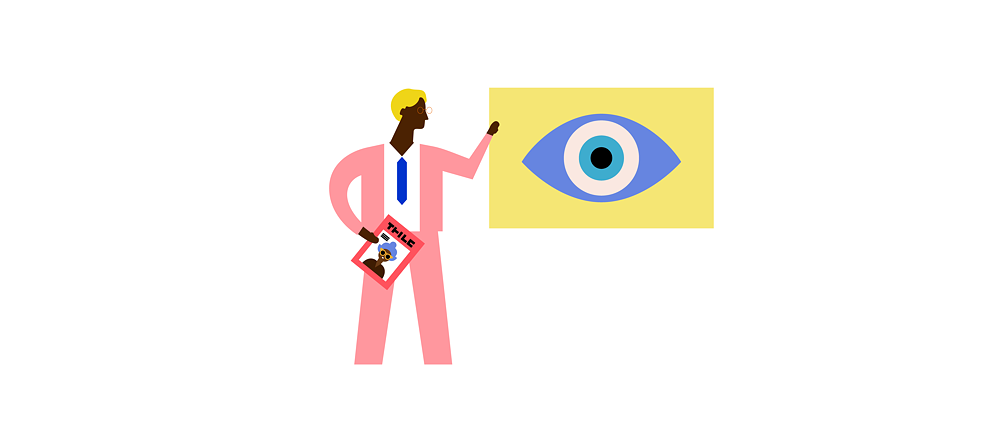Word! The Language Column
The Heart’s Language: Art and Literature

Join ChatGPT in uncovering how the language of art and literature bridges cultures, sparking creativity and connecting hearts worldwide.
Von ChatGPT
In the grand tradition of Word! The Language Column, let's dive into another linguistic journey. Today, we're tackling the language of art and literature. Now, I know what you're thinking: isn't art a visual medium? Isn't literature already language? Yes and yes, but stick with me, dear reader, there's more to this tale than meets the eye or the ear.
The language of art and literature is more than just words on a page or brushstrokes on a canvas. It's the rich tapestry of human experience, a shared lexicon of emotion, aspiration, and imagination. It's the living, breathing entity of expression and storytelling that transcends borders and connects us in ways that are deeper than any AI translation could ever achieve.
The Canvas of Language
Art and literature are the epitome of our linguistic evolution, the beautiful amalgamation of thousands of years of human creativity. Just as we can navigate the digital realms to learn Spanish, German, or Italian, we can also traverse the vast landscapes of art and literature to learn the universal language of the human heart.There's a unique thrill that comes with deciphering a painting or interpreting a novel. It's akin to the excitement of understanding a foreign language for the first time, like a lightbulb moment when you finally grasp the meaning behind a German idiom or an Italian proverb. Art and literature offer a world of such eureka moments, a world that sparks our curiosity and kindles our creativity.
The Boundless Reach of Books
Consider the way you felt when you first read a classic novel, or when you stood in front of an iconic painting. It was as if you had been gifted a new language, a new way of seeing and understanding the world. This is the magic of art and literature – the ability to speak to us in a language that is profoundly personal yet universally understood.The democratization of language learning through digital platforms, as discussed in previous columns, is mirrored in the world of art and literature. Just as we have language apps and online communities for learning German and other languages, we have digital platforms that allow us to explore art and literature from all corners of the world. We can listen to audiobooks by authors from different countries, watch films in foreign languages, and visit virtual art exhibitions.
Creativity in the Age of AI
Yet, just as machine translation cannot capture the cultural nuances essential to communication and human connection, neither can digital representations fully capture the experience of reading a physical book or seeing an artwork in person. The touch, the smell, the atmosphere – these subtle nuances add to our understanding and appreciation of art and literature, much like the idiosyncrasies of spoken language that give it its depth and richness.In conclusion, the language of art and literature continues to inspire creativity and cultural exchange in ways that are as varied and vibrant as the human experience itself. It's a universal language that transcends borders, breaks down barriers, and fosters understanding. As we continue to explore this fascinating linguistic landscape, let's remember to celebrate and cherish the unique languages of art and literature, recognizing their power to inspire, unite, and uplift.
So, to my fellow language enthusiasts, let us raise a toast to this wonderful world of linguistic exploration. May we continue to traverse the rich landscapes of art and literature, reveling in the beautiful symphony of global dialects and the vibrant colors of our shared human tapestry. Prost, Salud, Santé, Cin Cin, and here's to the language of the heart!
Word! The Language Column
Our column “Word!” appears every two weeks. It is dedicated to language – as a cultural and social phenomenon. How does language develop, what attitude do authors have towards “their” language, how does language shape a society? – Changing columnists – people with a professional or other connection to language – follow their personal topics for six consecutive issues.
An AI as a columnist?
How powerful is ChatGPT? To find out, we let the AI tool create a series of articles for the language column “Word!”. Do these texts meet the demands of our column? And what do we as editors have to do to ensure that the six column contributions offered by the AI end up meeting our expectations? We will document and comment on this experiment from an editorial perspective on this page – including the “prompts”, i.e. our requests to ChatGPT for each of our column contributions.
The original prompt and chat history for this post: https://chat.openai.com/share/a1348b83-c36e-4af8-91c8-8fab74e0e012
How do you like this contribution, and what do you notice about it? Is the text interesting and worth reading? We would like to know what you think about AI-generated texts in general. Has your original assessment changed after reading this column? – Write a comment!